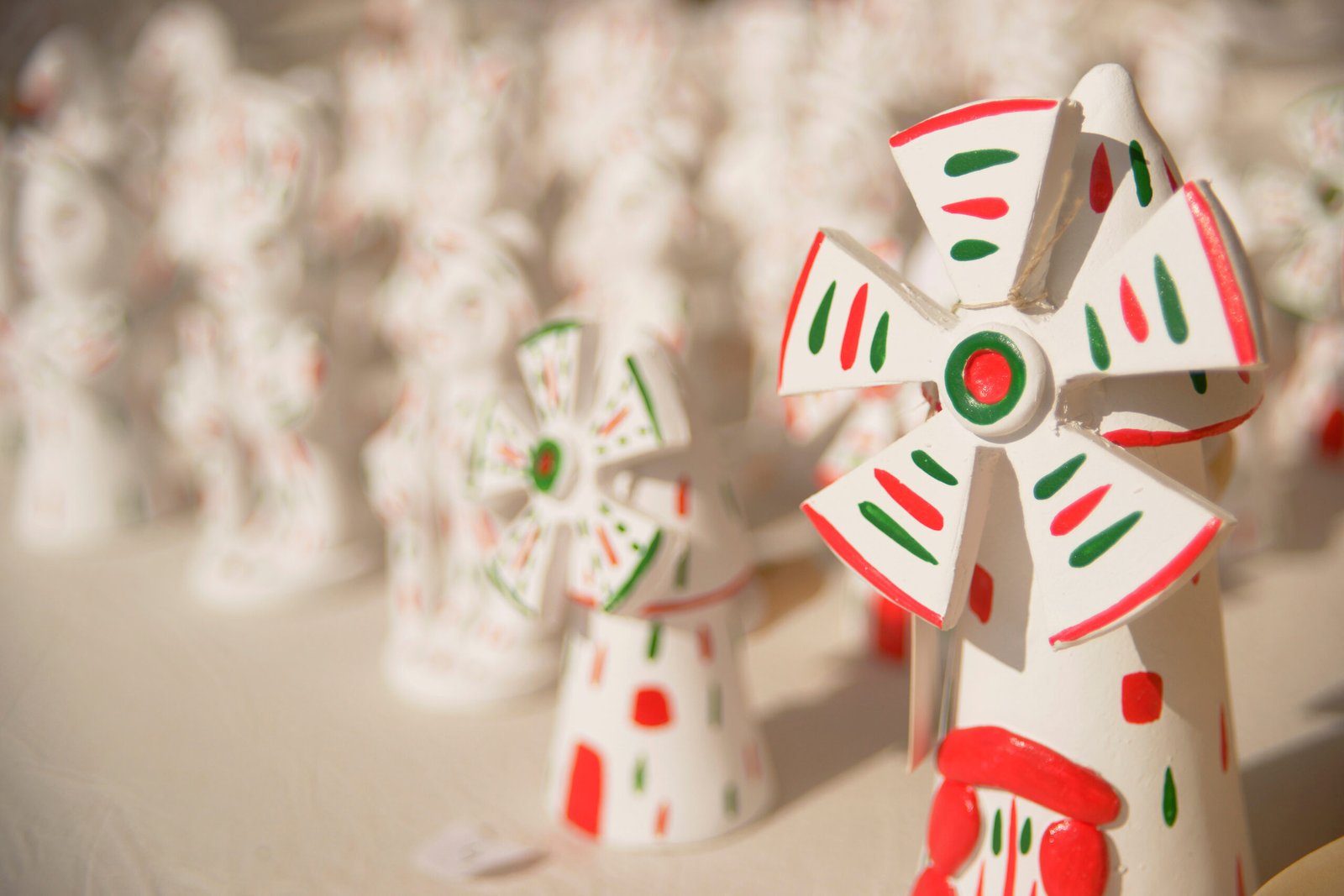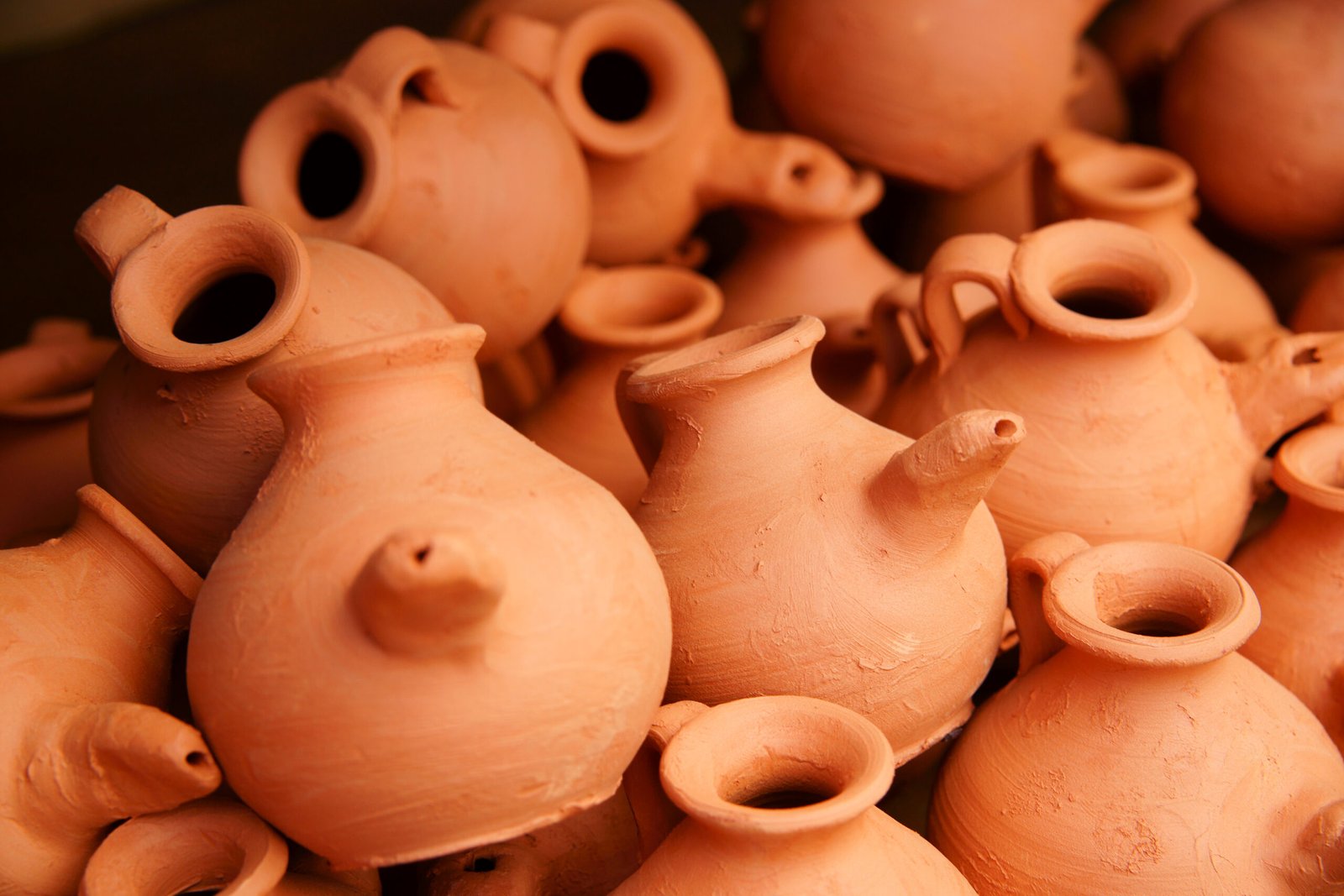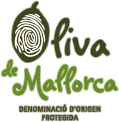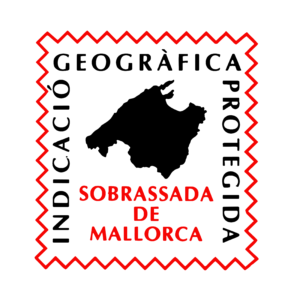The siurells of Mallorca, those small white clay figures decorated with vibrant colored brushstrokes, are much more than simple handicrafts. They are silent witnesses of the island’s history and culture, an ancestral legacy that has endured over the centuries. Their characteristic whistle, which gives them their name, has resounded in popular festivals, traditional markets and Mallorcan homes, becoming a symbol of identity and roots.
These figurines, hand-modeled with local clay and fired in wood-fired ovens, represent a wide variety of characters and animals, from musicians and demons to peasants and farm animals. Each one carries a meaning and a story, passed down from generation to generation by the skilled artisans who have kept this tradition alive.

Nowadays, siurells are still a fundamental part of Mallorca’s cultural heritage, a handcrafted treasure that has been able to adapt to the new times without losing its essence. Their artistic value and cultural significance make them an object of desire for collectors and craft lovers, as well as a unique souvenir for visitors who wish to take home a little piece of the island’s magic.
History and origins
Although popular belief in Mallorca places its origin in the Phoenician people, the origins of the siurells of Mallorca are lost in the mists of time, shrouded in mystery and conjecture. Various theories have been proposed about their original function: some researchers suggest that they may have been used in religious or magical rituals, while others believe that they were simply toys for children or protective amulets for the home.
What does seem clear is that siurells have a long history on the island. Similar figurines have been found in archaeological sites dating back to Roman times, suggesting that this craft tradition could be more than two thousand years old. Over the centuries, siurells have evolved in form and meaning, adapting to the social and cultural changes of each era.
During the Middle Ages, siurells acquired a religious dimension, representing saints, demons and other biblical characters. In the Renaissance, the figures of musicians and dancers became popular, reflecting the festive spirit of the time. In the 19th century, with the rise of Romanticism, the siurells became a symbol of Mallorcan cultural identity, representing scenes of daily life and typical characters of the island.
Throughout this evolution, artisans have played a fundamental role in the creation and transmission of this tradition. It has been they who, with their skillful hands and creativity, have given shape to these small works of art, transmitting their knowledge and techniques from generation to generation. The family workshops have been the core of this activity, where the apprentices have learned the secrets of the trade from their masters, keeping alive the flame of this ancestral tradition.
The history of the siurells is, in short, the history of a community of artisans who have managed to preserve and enrich a unique cultural legacy, turning these small clay figurines into a symbol of the identity and creativity of Mallorca.
Artisan value and creation process
The artisan value of the siurells of Mallorca lies in the combination of ancestral techniques, natural materials and the skill of the hands that mold them. Clay, extracted from the island’s soils, is the fundamental raw material. This clay, rich in minerals and with a fine texture, is carefully kneaded and purified to eliminate impurities and obtain a homogeneous and malleable paste.
The modeling process begins with the creation of small balls of clay, which are transformed into the different parts of the figure’s body: head, trunk, arms and legs. These pieces are joined together with the help of water and smoothed with simple tools, such as wooden sticks or animal bones. Then, the characteristic details of each figure are added: the musical instruments of the musicians, the horns and tails of the demons, the wings of the birds or the flowers that adorn the women’s dresses.
Are you a gastronomy professional or a lover of high quality products looking to connect with the best salt producers in Mallorca?
Discover and contact here the artisans behind the world famous Flor de Sal de Mallorca and take your culinary experience to the next level with the purity and unique flavor of this exceptional salt.
Newsletter
Let us inspire you with the most authentic Mediterranean! Sign up for our newsletter and immerse yourself every month in the rich traditions and exquisite products of Mallorca!
Where to buy siurells
Siurells Mallorca at Carrer Cas Canonge, 41, 07141 Pòrtol. They are open Monday to Friday from 9:30 to 13:30 and from 15:30 to 19:00, and on Saturdays from 9:30 to 13:00. They have a 5 star rating on Google Maps.
Siurell at Av. Juan Carlos I, 103, 07150 Andratx. They are open Monday to Friday from 10:00 to 13:30 and 17:00 to 19:30, and on Saturdays from 10:00 to 13:30. They have a 4.8 star rating on Google Maps.
Siurells Ca Madò Bet at Carrer Jaume I, 10, 07141 Sa Cabaneta. They have a 5 star rating on Google Maps.
Siurells Ca’n Bernadí Nou at Carrer Jaume I, nº 6, 07141 Sa Cabaneta. They have a 5 star rating on Google Maps.
La Insular at Carrer de l’Argenteria, 8, Centre, 07001 Palma. They are open Monday to Friday from 11:00 to 14:30 and 17:00 to 20:00, and on Saturdays from 11:00 to 14:30. They have a 4.8 star rating on Google Maps.
In addition to these stores, you can also find siurells in some local markets and craft fairs.

The decoration of the siurells is another fundamental aspect of their artisan value. Traditionally, natural pigments obtained from local minerals and plants are used. Red is obtained from red clay, black from charcoal, green from plant chlorophyll and yellow from iron oxide. These pigments are mixed with water and applied with animal hair brushes, creating the characteristic geometric, floral or figurative designs that adorn each piece.
Once modeled and decorated, the siurells are left to dry in the open air for several days. They are then placed in a wood-fired oven, where they are fired at a temperature of between 800 and 1000 degrees Celsius. The wood-fired oven is an essential element in the process of creating siurells, as the heat and smoke it gives off help to fix the colors and give the figures their characteristic rustic, shiny finish.
The result of this handcrafted process is a unique and unrepeatable piece, which bears the imprint of the land, the craftsman’s skill and the heat of the fire. Each siurell is a small work of art, a testimony to the tradition and creativity that have made this craft a symbol of Mallorca’s cultural identity.
The result of this handcrafted process is a unique and unrepeatable piece, which bears the imprint of the land, the craftsman’s skill and the heat of the fire. Each siurell is a small work of art, a testimony to the tradition and creativity that have made this craft a symbol of Mallorca’s cultural identity.
Symbolism and cultural significance
The siurells of Mallorca are much more than simple clay figures. Over the centuries, they have acquired a deep symbolism and cultural significance, becoming an integral part of the island’s identity. Each figure, with its particular shape and decoration, carries a message and a story that has been passed down from generation to generation.
The figures of demons and fantastic animals, such as the dimoni or the drac, represent the forces of evil and the ancestral fears of the community. Their presence in homes had a protective function, warding off evil spirits and disease. The musicians and dancers, on the other hand, symbolize the joy of life, the celebration of life and the importance of music and dance in Mallorcan popular culture. The figures of peasants and shepherds represent the connection with the land, the importance of agriculture and livestock in the island’s economy, and the value of work and tradition.
The symbolism of the siurells is not limited to their protective or ritual function. These figures also reflect the worldview and values of the Mallorcan community. The representation of nature, with figures of birds, fish and flowers, shows respect and admiration for the island’s natural environment. The presence of historical and mythological characters, such as the rei en Jaume or the Sibil·la, connects Mallorcans with their past and their cultural legacy.
In short, the siurells of Mallorca are a cultural treasure that encloses the history, beliefs and values of a community. They are a link to the past, a reflection of the present and a promise of the future for a craft tradition that is still alive and continues to evolve, adapting to new times without losing its essence.

Siurells at present
Today, the siurells of Mallorca are experiencing a revival, driven by a growing interest in local craftsmanship and the recovery of traditions. New artisans and workshops have emerged on the island, dedicated to keeping this ancient technique alive and reinterpreting traditional designs.
While classic models of demons, musicians and peasants remain popular, contemporary artisans are also exploring new forms and themes. Figures inspired by local fauna and flora, characters from popular culture, and even abstract and avant-garde designs expand the repertoire of siurells, appealing to a wider and more diverse audience.
In addition to design innovation, artisans also experiment with new materials and techniques. Although clay remains the base, some incorporate elements such as glass, metal or wood to create more contemporary pieces. Decoration techniques are also evolving, with the incorporation of glazes, engobes and other ceramic techniques that bring new colors and textures to the siurells.
Tourism has played a fundamental role in the revitalization of this craft. Siurells have become an emblematic souvenir of Mallorca, a gift that visitors can take home as a souvenir of their trip and as a sample of the island’s rich cultural heritage. Craft fairs, local markets and specialized stores offer a wide variety of siurells, both traditional and modern, allowing tourists to discover the diversity and creativity of this craft.
In addition to their commercial value, siurells also play an important role in education and cultural transmission. Pottery workshops and courses allow children and adults to learn the techniques of modeling and decoration, fostering creativity and appreciation for local craftsmanship. Museums and cultural centers organize exhibitions and activities that make known the history and significance of the siurells, helping to preserve and disseminate this valuable heritage.
The siurells of Mallorca are currently flourishing, thanks to the work of artisans committed to tradition and innovation, the support of tourism and a growing interest in local craftsmanship. This small clay figure, with its characteristic whistle and rich history, continues to be a symbol of Mallorca’s cultural identity, a legacy that is renewed and adapted to new times, keeping alive the flame of a millenary tradition.
Other articles that might interest you

Havssalt från Mallorca, ett av de 8 bästa salterna i världen
Flor de Sal de Mallorca är ett rent och hantverksmässigt salt som är känt för sin lätta och flingiga konsistens

Weißwein von Mallorca
Die mallorquinischen Weißweine sind ein lebendiges Schaufenster der vielfältigen Weinbaupalette der Insel. Die in der idyllischen mediterranen Umgebung Mallorcas erzeugten
Last published articles
Havssalt från Mallorca, ett av de 8 bästa salterna i världen
Flor de Sal de Mallorca är ett rent och hantverksmässigt salt som är känt för sin lätta och flingiga konsistens
Sal marina de Mallorca, una de las 8 mejores sales del mundo
La Flor de Sal de Mallorca es una sal pura y artesanal conocida por su textura ligera y escamosa y









